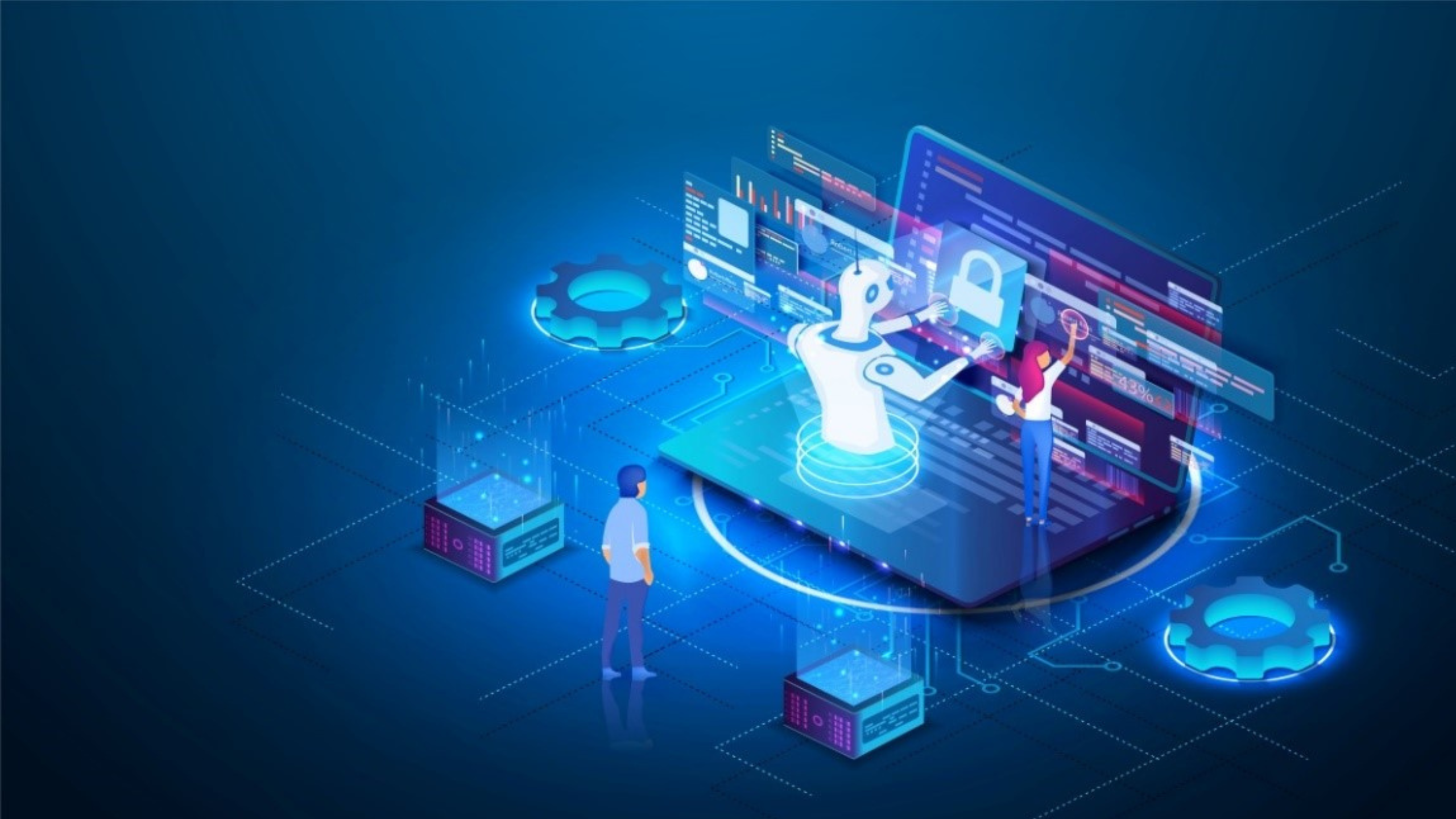The future impact of generative AI on businesses and work methods remains uncertain, but investor enthusiasm for this technology is undeniable. Significant amounts are being invested in generative AI across various sectors of human activity, with venture capital firms, established companies, and numerous intermediary players rushing to fund specialized startups. The magic of large language models (LLMs) lies in their unique ability to simplify interactions between humans and big data, facilitating a quick and clear understanding of vast amounts of information. This capability heralds the integration of generative AI into a multitude of existing applications and stimulates the creation of a new generation of technologies.
According to Gartner, by 2024, 40% of enterprise applications will integrate conversational AI, and by 2025, 30% of companies will use AI to enhance their development and testing strategies, while more than 100 million workers will collaborate with “robo-colleagues” by 2026. However, the risks and limitations associated with generative AI could hinder this progression. Fine-tuning models to capture the specificities of a company can be complex, the high operating costs of intensive models, and the risks of leaking confidential data could discourage some businesses.
The adoption may occur at a slower pace than anticipated, similar to the Internet, whose full realization took a decade longer than early adopters had expected. Generative AI may follow a similar path, requiring time to develop the necessary infrastructure and for behaviors to adjust to the new possibilities offered by this technology.
Industry visionaries, such as Sean Ammirati, venture capitalist and professor at Carnegie Mellon University’s Tepper School of Business, speculate that generative AI could radically transform the structure of future companies. Using companies born in the digital age as an example, Ammirati suggests that new companies could be built from the ground up on a foundation of generative automation, eliminating the need to learn and unlearn manual processes, which could lead to a profoundly different and more efficient business model.
Generative AI offers revolutionary prospects for increasing creativity, efficiency, and personalization in the business world. Despite the challenges and uncertainties, its continued integration into business practices promises to profoundly transform how we work, innovate, and interact with technologies. Its future is largely in our hands, and the actions we take today will shape the landscape of tomorrow.


